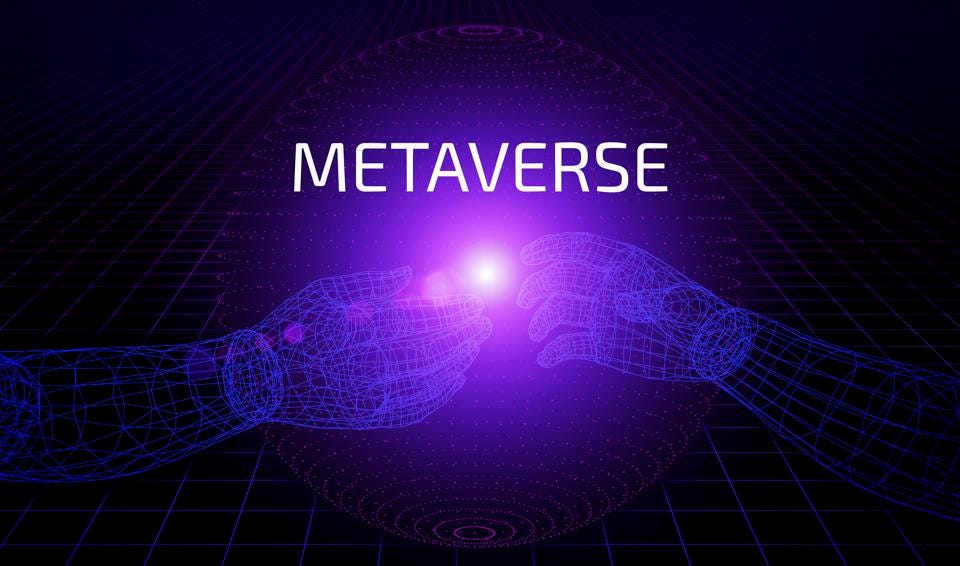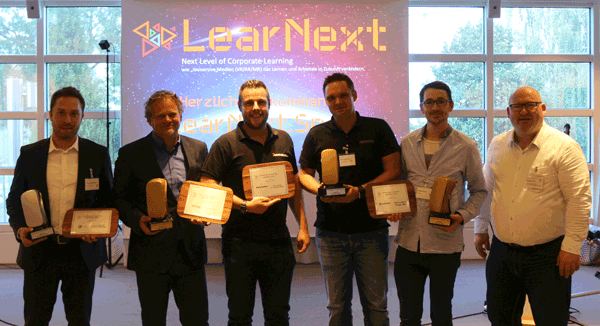You know many Metaverse visions are highly available with a simple Google search.
However, I recently read the Metaverse vision of Neal Stephenson, who coined the term in his novel, Snow Crash. In a very enlightening article and interview with Mr. Stephenson in Fast Company last week he laid out how he viewed the Metaverse and how his new company, Lamina1, which Stephenson started with Peter Vessenes, „is creating blockchain optimized for the Open Metaverse-providing communities with infrastructure, not gatekeepers, to build a more immersive Internet.“
I highly encourage you to read this article in full because Mr. Stephenson is a serious authority on this subject; I agree with much of his view on the future of the Metaverse.
Mr. Stephenson points out that the gaming world has already delivered the actual model of what Metaverse worlds will look like. „2D interfaces remain the most accessible and natural way to access the Metaverse. Stephenson recognizes this now. What happened is that Doom came along and gave birth to the video game industry as we know it,“ he points out, „so today, we have many very beautifully realized 3D worlds that we can run around in when we’re playing games, but for the most part, we don’t do that wearing goggles. We’re just looking at screens.“
The first big takeaway from Mr. Stephenson’s perspective is that 2D and simulated 3D already exist in the gaming world and should be considered to be just as viable for use on any screen, not only VR/MR/AR headsets. He suggests that „the Metaverse in its primogenial form is already here. He argues that it’s been here for decades now. And, from World of Warcraft to Red Dead Redemption to Fortnite, these Metaverses are getting more sophisticated, increasing their level of fidelity while building up entire economies.“
This is a significant point and one that could deliver the concept of the Metaverse to broader audiences faster.
The second big takeaway for me is that the future of the Metaverse must be open based on standards and cross-platform and cross-device usage. The problem with the current game world is that we cannot maintain our individual identities or digital selves across these gaming platforms. In an open Metaverse one digital persona should be able to have their own identity and move between any virtual world of their choice. This can only happen when the Metaverse worlds, whether 2D with virtual 3D on existing screens or via a headset, allow a person’s digital ID to go seamlessly from one virtual world to another.
The other big impression from reading Mr. Stephenson’s Metaverse view is that companies, stores, and even individuals will create virtual worlds focused on their businesses, hobbies, personal expertise, etc.
Stephenson and his partner seem to believe that the real, „Metaverse won’t come from those big companies but the small guys. We’re building this up for everybody. We’ll have these indie experiences, we’ll have these more independent things,“ Vessenes says. “They claim to be creating a tool that will provide people with the underlying infrastructure to build interconnected metaverses. Vessenes explains that it takes a lot of game development expertise to build these complex universes from the ground up. Stuff like payment protocols, digital goods, avatars .“
This point about needing a lot of game development expertise to build complex universes is interesting. Indeed, many of the current truly interactive and virtual apps today are built on game engines like Unity, UnReal, Roblox and dozens of others that are already being used to create the first generation of Metaverse apps. However it appears that Lamina1 will be focused on trying to deliver an underlying architecture to provide a more open approach to make these future Metaverse worlds work together better in the future.
On the other hand Apple has spent years developing AR Kit to build their future MR/AR world. While games have been created with AR Kit, Apple’s vision for MR/AR goes way beyond gaming. To be fair their approach is not virtual 3D focused, which is where gaming engines excel, but they will deliver a Metaverse Universe of their own with the developer tool they created with AR Kit.
While I applaud Mr. Stephenson’s vision for an open Metaverse and am excited to see how the work he is doing with his new company Lamina1 will help make it happen. The reality is that the initial Metaverse worlds we will get in the next few years will be mostly closed ones.
Does anyone expect Apple to deliver an Open MR/AR world where the avatar you build in any other Metaverse world can travel and play in their tightly controlled MR/AR environment?
Can one create their Metaverse around their personal hobby or interest and get it distributed in Meta’s VR world?
Can I create an animated avatar of myself and bring it to the DisneyWorld Metaverse with branded clothing from Universal’s Metaverse world?
While I think the Metaverse’s future will eventually be an open one, it will start as a highly closed world driven by personal interests and, to some degree, closed ecosystems.
However, I think Mr. Stephenson’s Open Metaverse should be what our eventual virtual worlds should become. But I suspect this vision is five to ten years out, if not longer.
Mr. Stephenson and Mr. Vessenes‘ vision of the Metaverse and their focus on companies eventually creating Metaverse worlds built on cross-device and cross-OS platforms, is a very important perspective. It is a grand vision, and it will be interesting to follow their work with Lamina1 to try and make this approach to the Metaverse genuinely open.
Quelle:
Foto: Perhaps the complexities of the Metaverse worlds will benefit from the gaming legacy of coding.getty



